Art museums are always so much fun to visit and we have been to many in the last five years as we travel the US. While I personally have zero artistic ability (you do not want me as a partner in Pictionary), I very much admire the amazing talented artists of the world. The Museum of Fine Arts, Houston, was established in 1900 and their main campus is located in Houston’s Museum District. Their extensive collection covers world cultures dating from antiquity to present.
Currently the Vincent Van Gogh: His Life in Art exhibition is open (through June 27). It showcases 50 masterworks by Van Gogh (1853-1890). Most are permanently housed at the Van Gogh Museum in Amsterdam and the Kroller-Muller Museum in Otterlo (Netherlands).
The exhibit is designed around the four stages of his career: early sketches and drawings while living in the Netherlands; the luminous period in Paris; his search for light and color in southern France; and, exploration of nature as inspiration in Saint Remy.
Van Gogh painted for only the last 10 years of his life. Initially, he trained himself to draw using instruments on display. Some of his sketches are shown including some “larger-than-life” reproductions.
While in Paris (1886-1888) he painted this portrait of a former lover. It was also during this time that flowers began to play an important role in Van Gogh’s paintings.
In the Café: Agostina Segatori Vase with Gladioli and
in Le Tambourin, 1886 Chinese Asters, 1886
Roses and Peonies, 1886
The following were painted by Van Gogh in southern France (1888-1889) where he was captivated by the sun-drenched and colorful landscapes.
Les Roches (The Rocks), 1888
The Green Vineyard, 1888
The Langlois Bridge at Arles, 1888
Tarascon Stagecoach, 1888
Admitted to an asylum in 1889, Van Gogh continued to paint. The first is a view of the garden at the hospital in Saint-Remy. He loved irises and did many paintings of them.
The Garden of the Asylum Irises, 1890
at Saint-Remy, 1889
He was released from the hospital and moved back to Paris where he rented a room. He died three days after he suffered a self-inflicted gunshot wound while living there in 1890.
In addition to the exhibition of Van Gogh’s works, we checked out the Gallery Experience: Van Gogh Close Up. Interactive displays and several “step-inside-the-painting” sections made for an fun and educational experience. Below are two of them.
Van Gogh painted more than 30 self-portraits. He reportedly did them for the purpose of introspection, to further develop skills as an artist, and to make money. An original is on display in the exhibit.
Studios are set up to replicate his during the years he painted. His love of sunflowers, irises, and other flowers is evident in his paintings.
We really enjoyed the entire Van Gogh experience. I have long admired his style and it was pretty awesome to see more of his original works without having to travel to the Netherlands!
The Museum of Fine Arts, Houston, has an impressive collection of American art, European paintings, pre-Columbian and African arts and designs, photography, prints, drawings, modern and contemporary paintings and sculptures, and Latin American art. We started with the antiquities.
Bronze, 495 BC Gilt Bronze, 37-41 AD
Marble, 140-170 AD (tomb monument), Clay, 340 BC
I guess it is fascination with the macabre, but the Egyptian displays of mummies and such are always interesting.
664-332 BC 750-700 BC
The European Art Galleries also contained an extensive array from 1200 to 1940.
Sandro Botticelli, The Adoration of the Christ Child, ~1400
And, now to more modern works…
The Song, 1938 with a Large Hat, 1962
Below are two busts, Bust of a Bacchante in marble, and, a second one in terra cotta (~ 1870. The sculpture, Albert-Ernst Carrier-Belleuse, is best known today as a teacher to Auguste Rodin.
Antoine-Louis Barye (French) was commissioned to create a larger-than-life bronze sculpture of Napoleon I (~1865). This is the small plaster model for the piece. The project was subsequently abandoned but this fragile model remains. The second photo is of an oil painting, The Elder Sister (1869) by William Bouguereau (French). Some say this painting is haunted as both girls died tragically in their youth and the eyes of the older one appears to follow you when you walk about the gallery...
Antoine-Louis Barye (French) was commissioned to create a larger-than-life bronze sculpture of Napoleon I (~1865). This is the small plaster model for the piece. The project was subsequently abandoned but this fragile model remains. The second photo is of an oil painting, The Elder Sister (1869) by William Bouguereau (French). Some say this painting is haunted as both girls died tragically in their youth and the eyes of the older one appears to follow you when you walk about the gallery...
The large galleries make for a great experience when visiting this museum. We made a quick stop at the lovely gift shop, and then proceeded to the lower level.
This is just a fraction of the amazing pieces of fine art you can see at this Museum. We did not visit the Sculpture Garden as it was so hot that day (98 degrees!) or other buildings. I know we will be back when we visit Houston in the future.
Admission is to the Museum is $17/adult ($15/senior), but Thursdays are free. Tickets that include the Van Gogh exhibition are $25/adult ($20/senior). Thanks to our daughter, Amanda, we provided comp tickets. For additional information about the Museum and exhibitions, go to www.mfah.org.
Because we were downtown and Amanda was wrapping up a meeting at work, we met her at Cellar 7 for afternoon appetizers and a cocktail (www.cellar7htx.com). We arrived before the after-work crowd, and enjoyed spending some time together.
(PS. John does not have a smile on his face, but, honestly, he was very happy all day!)
All and all, a lovely afternoon!
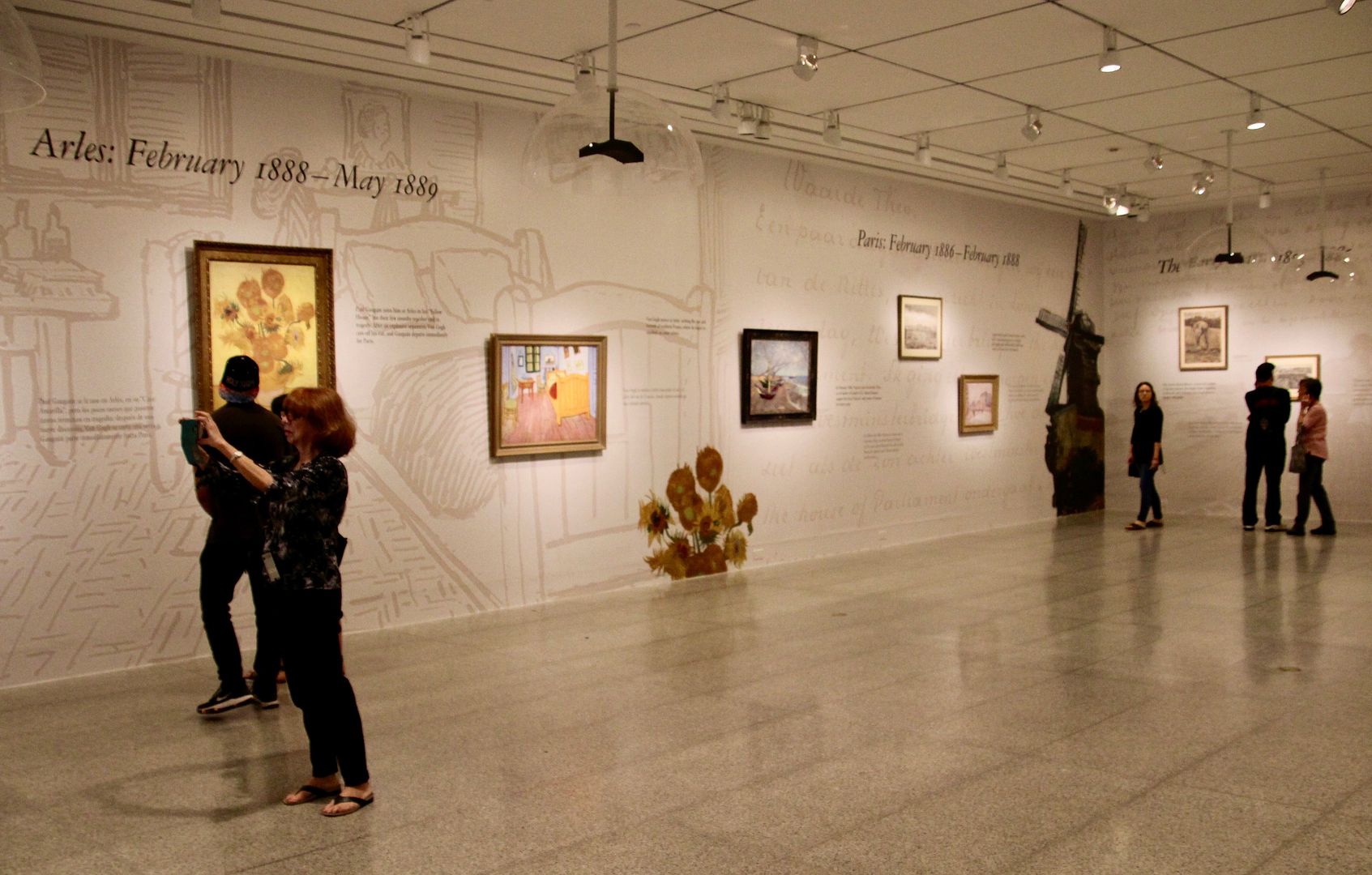




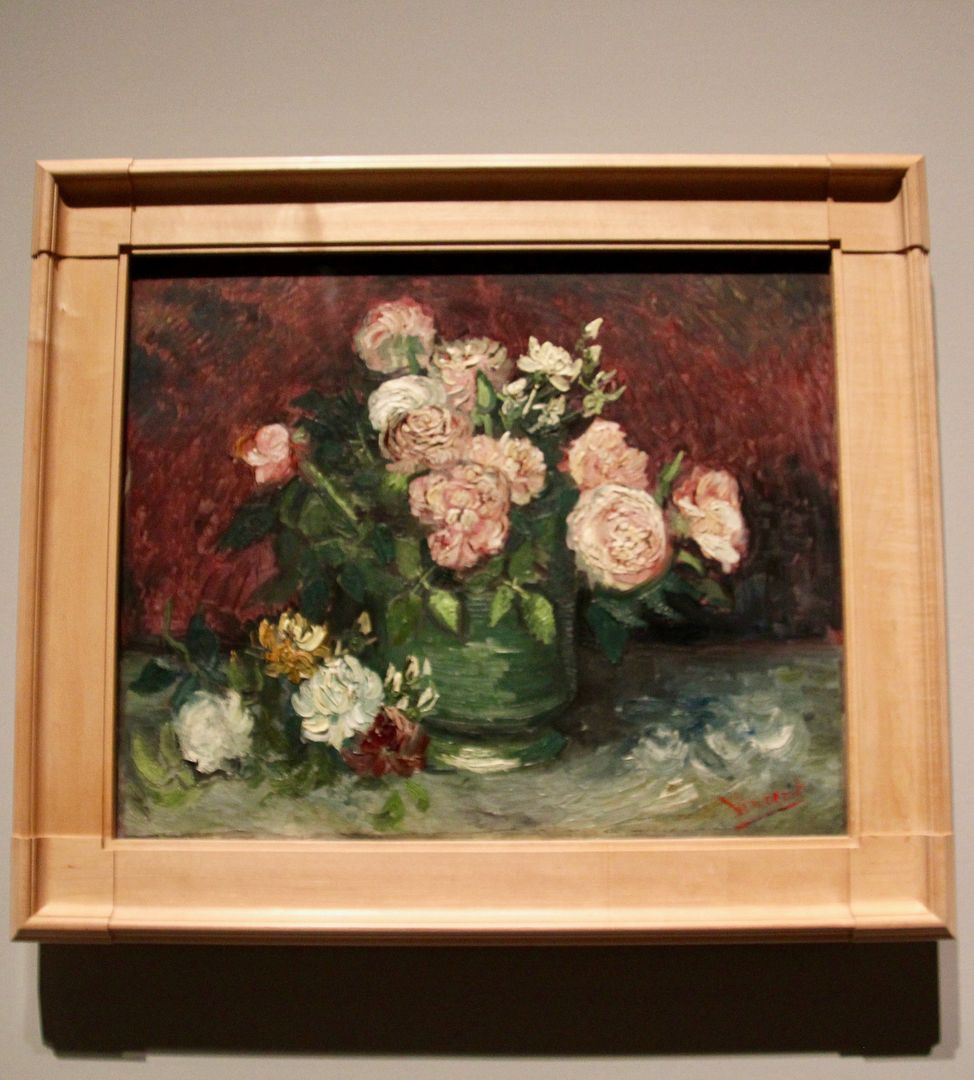
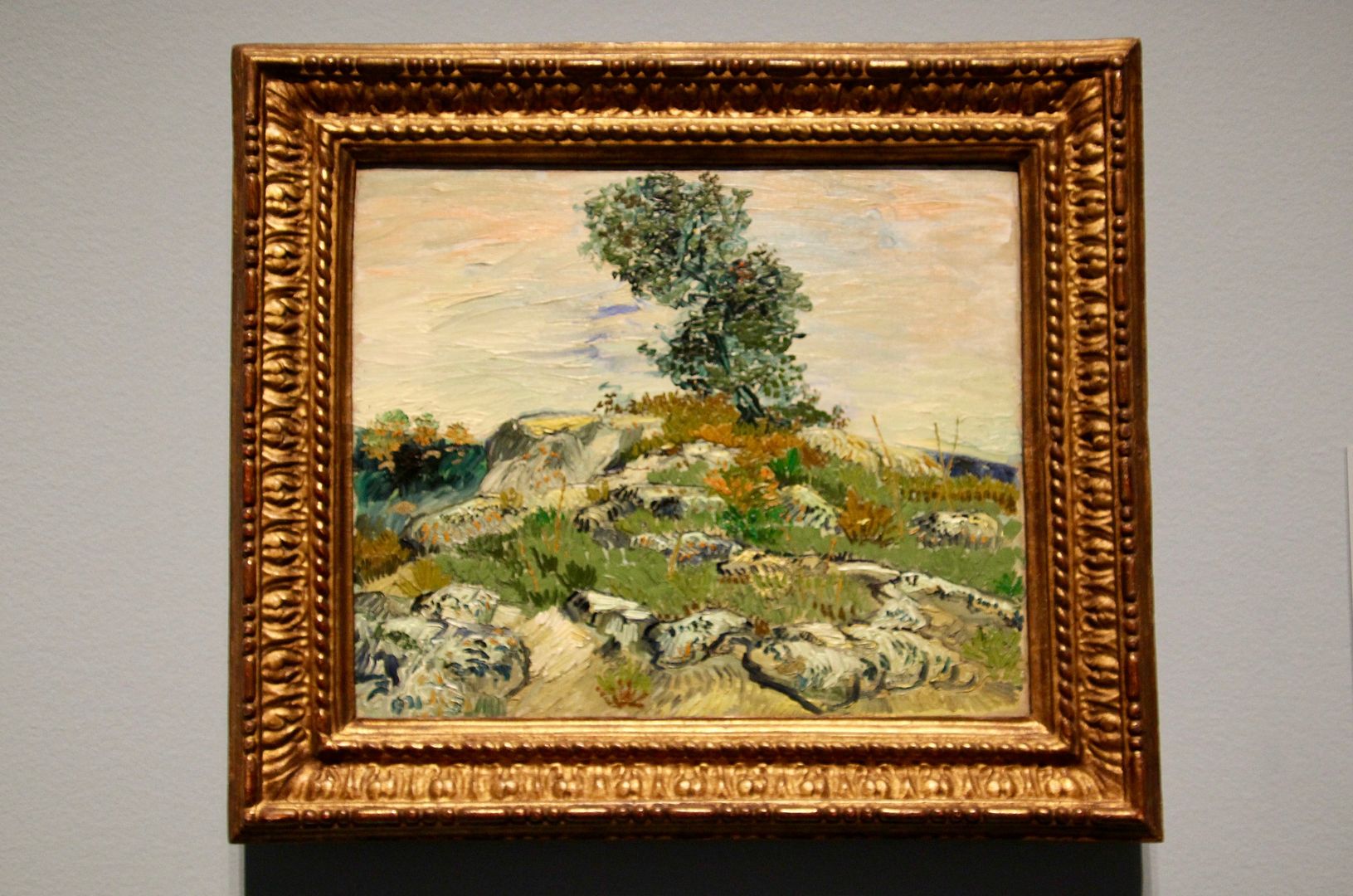

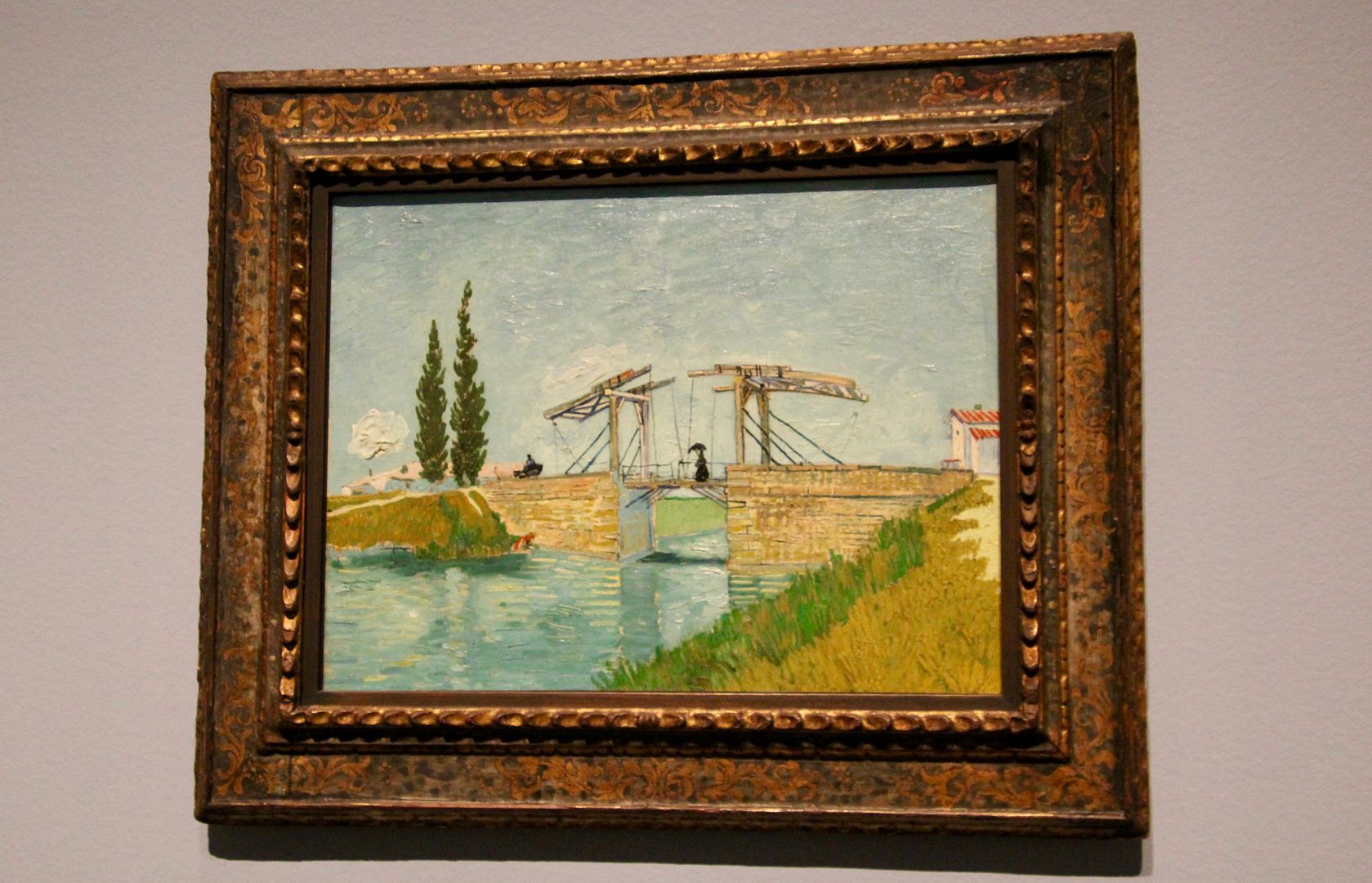
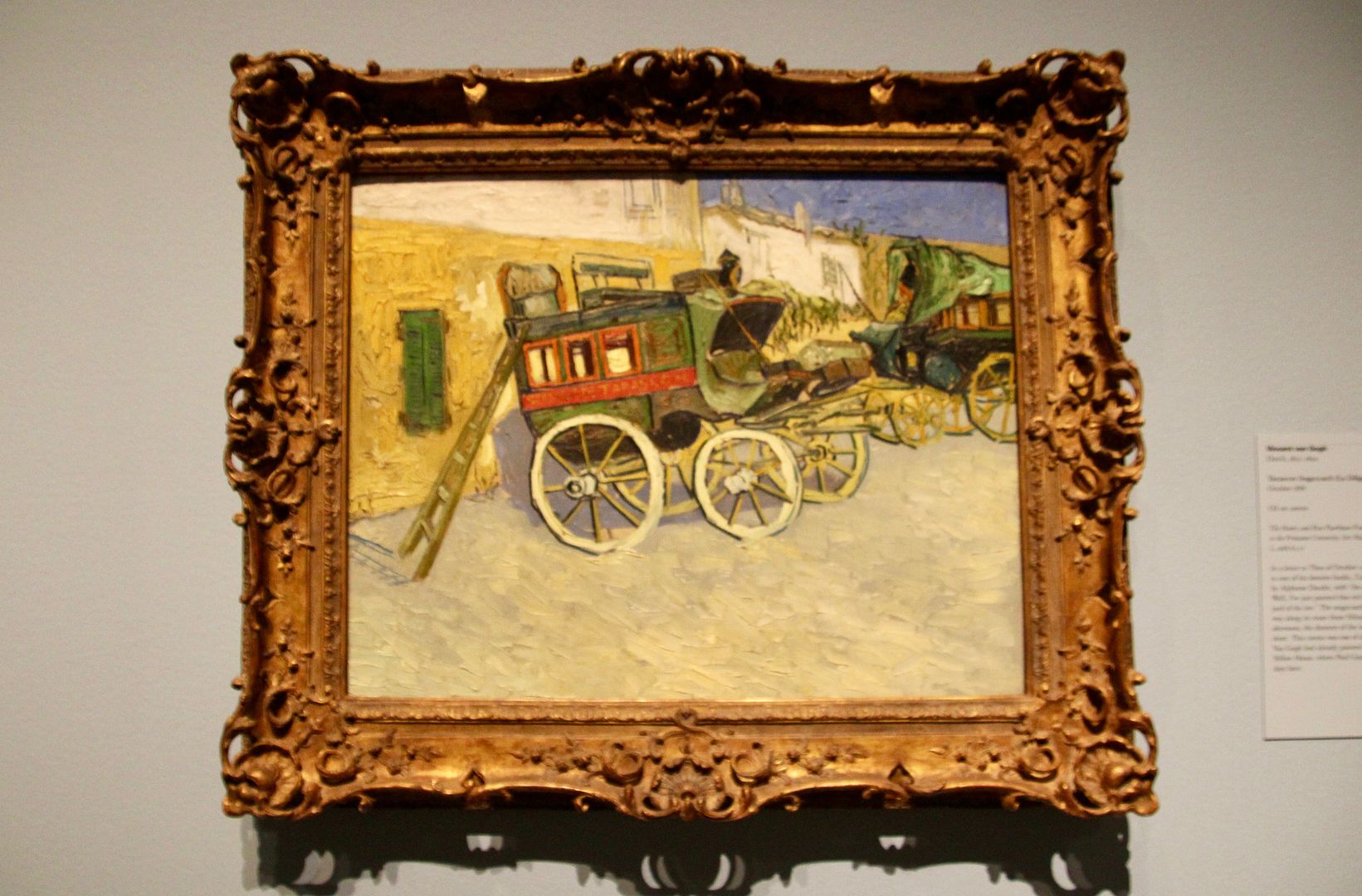
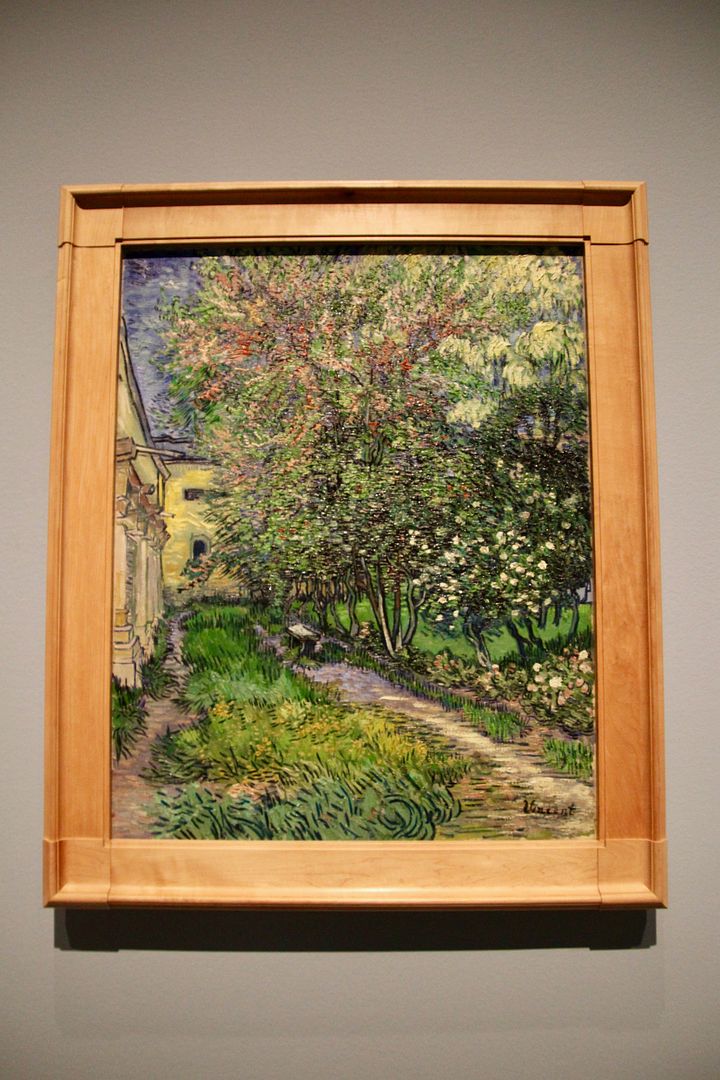
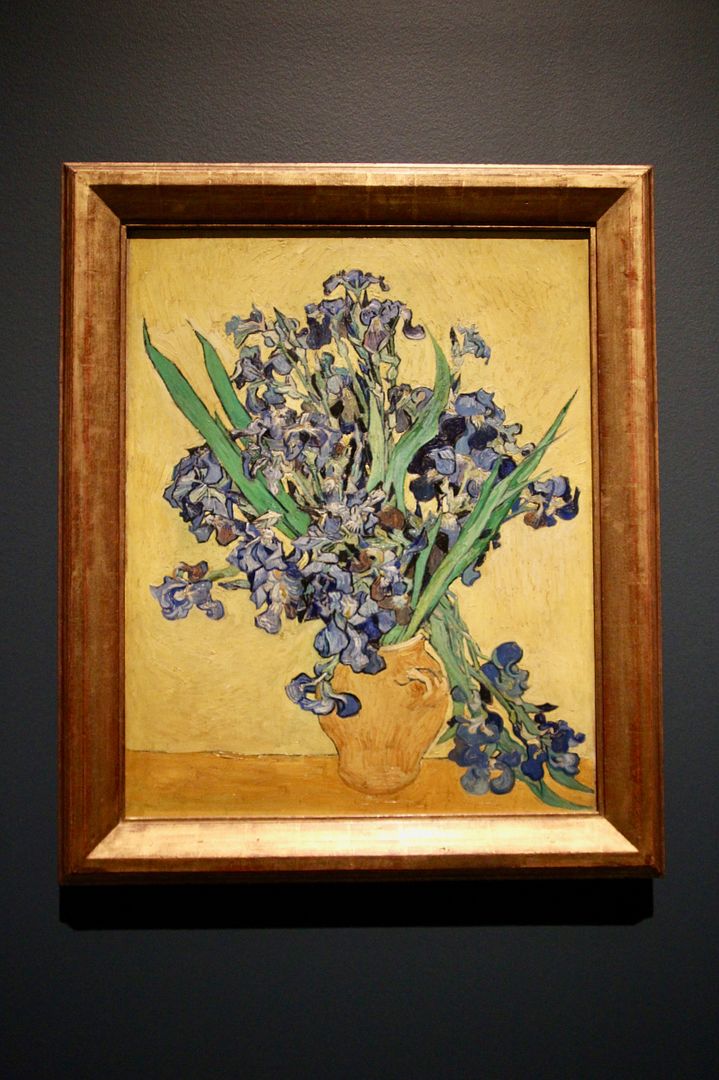
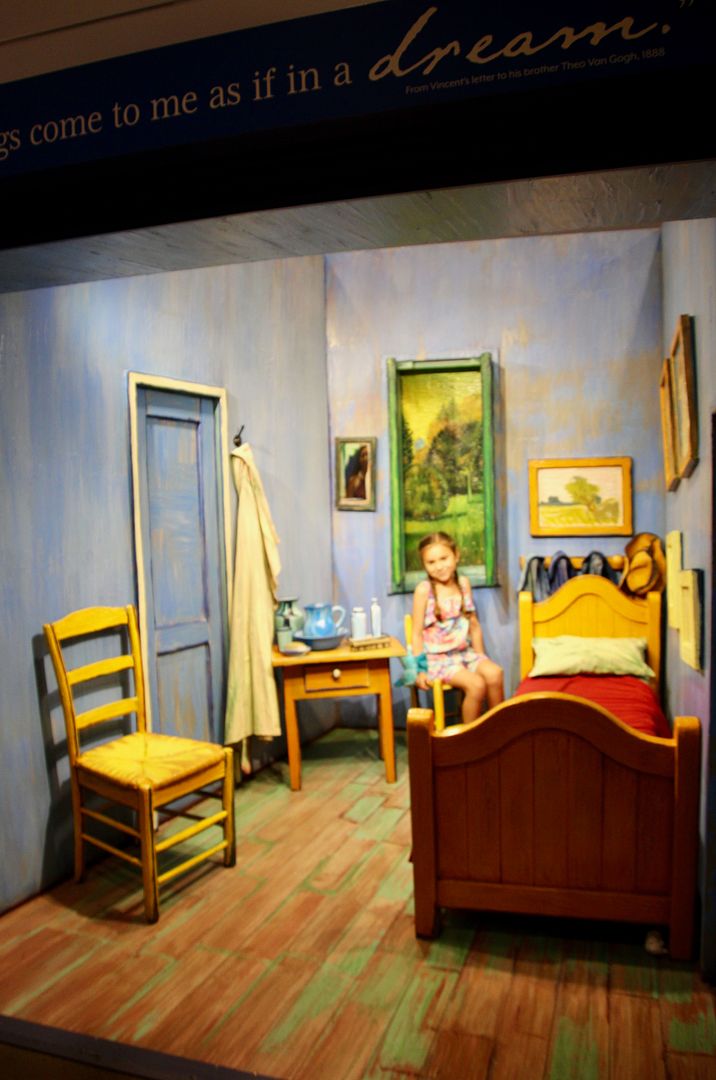
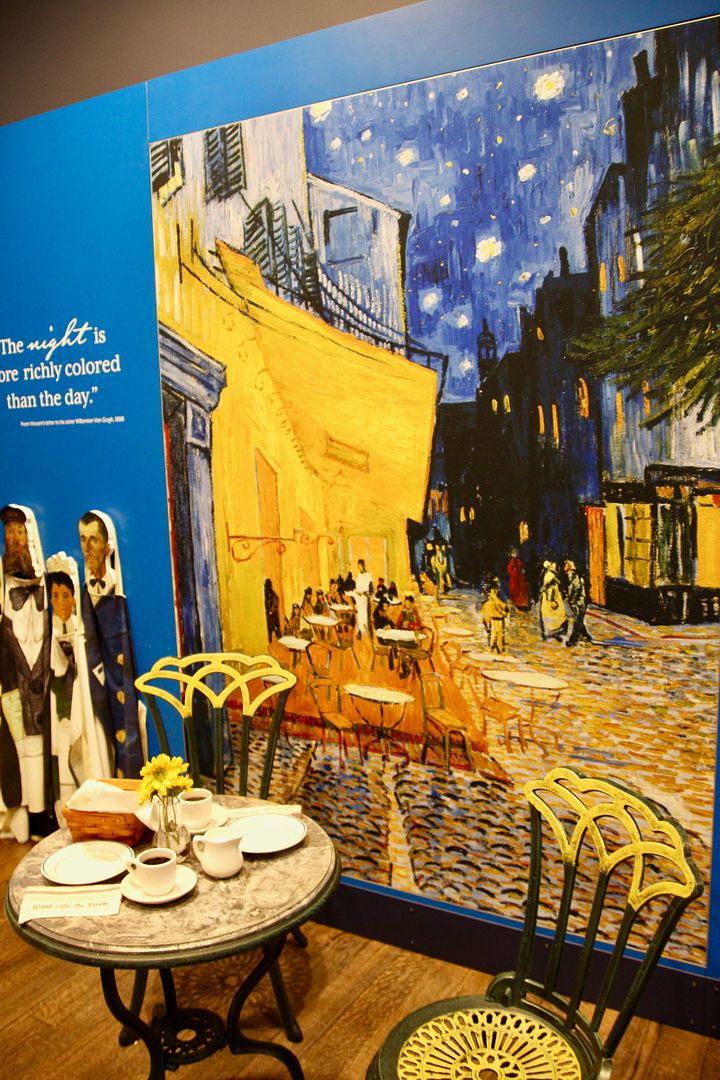
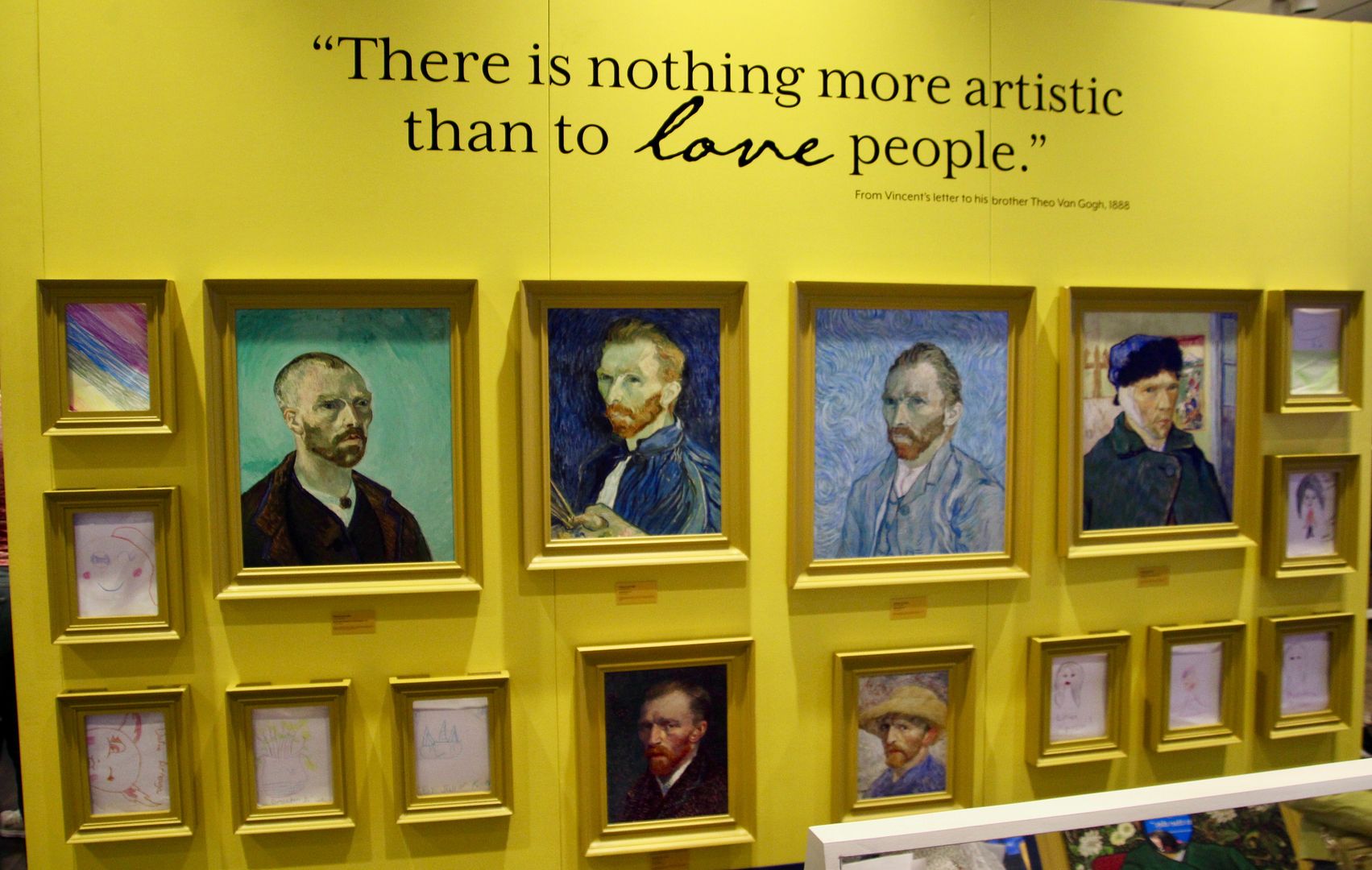
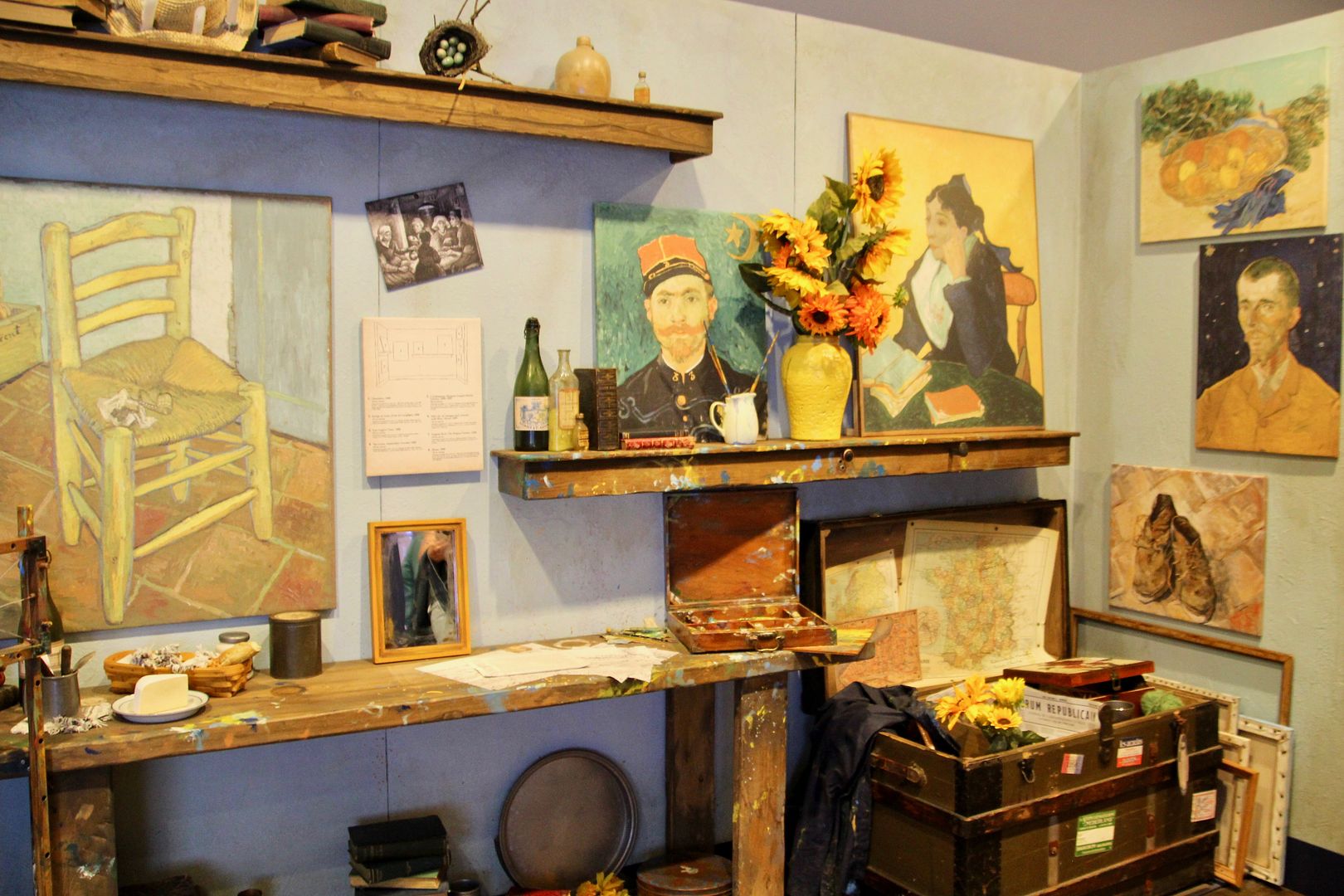
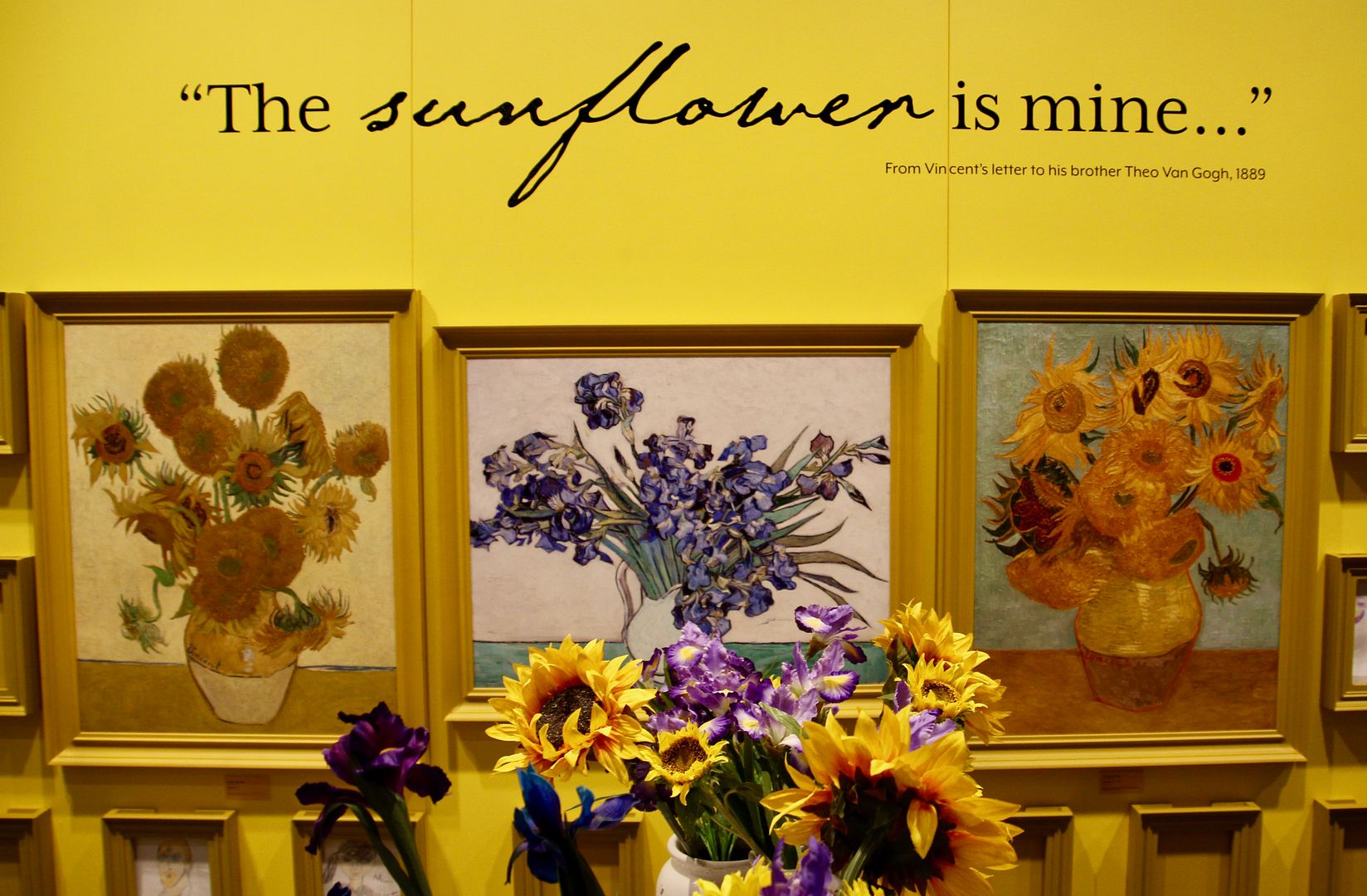
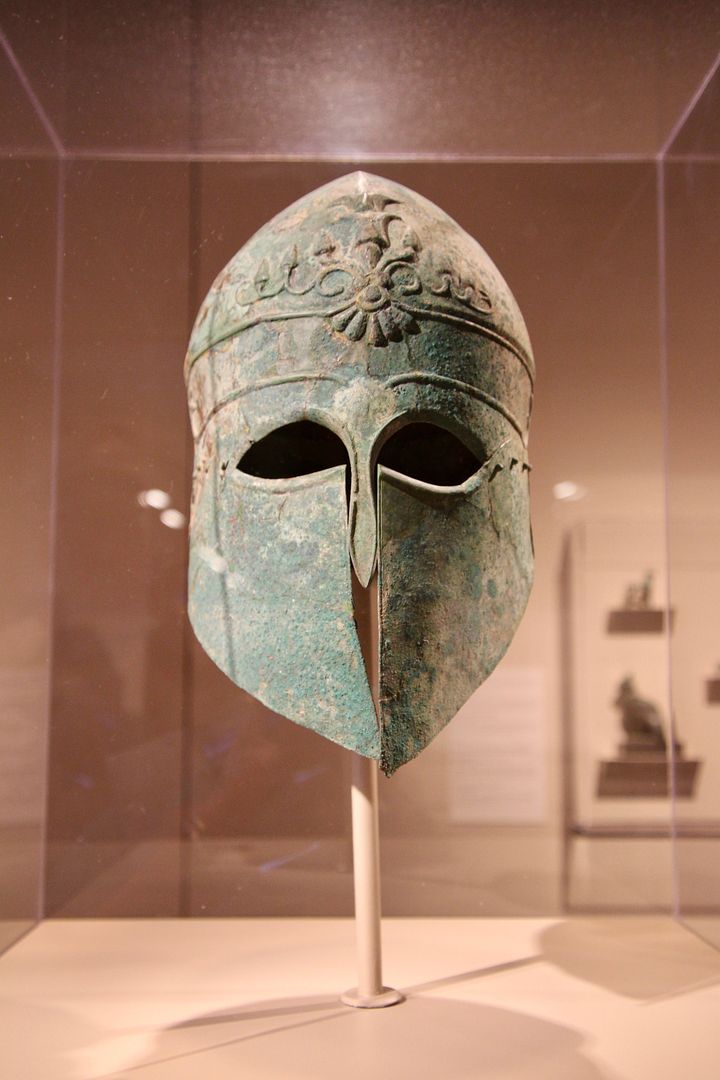

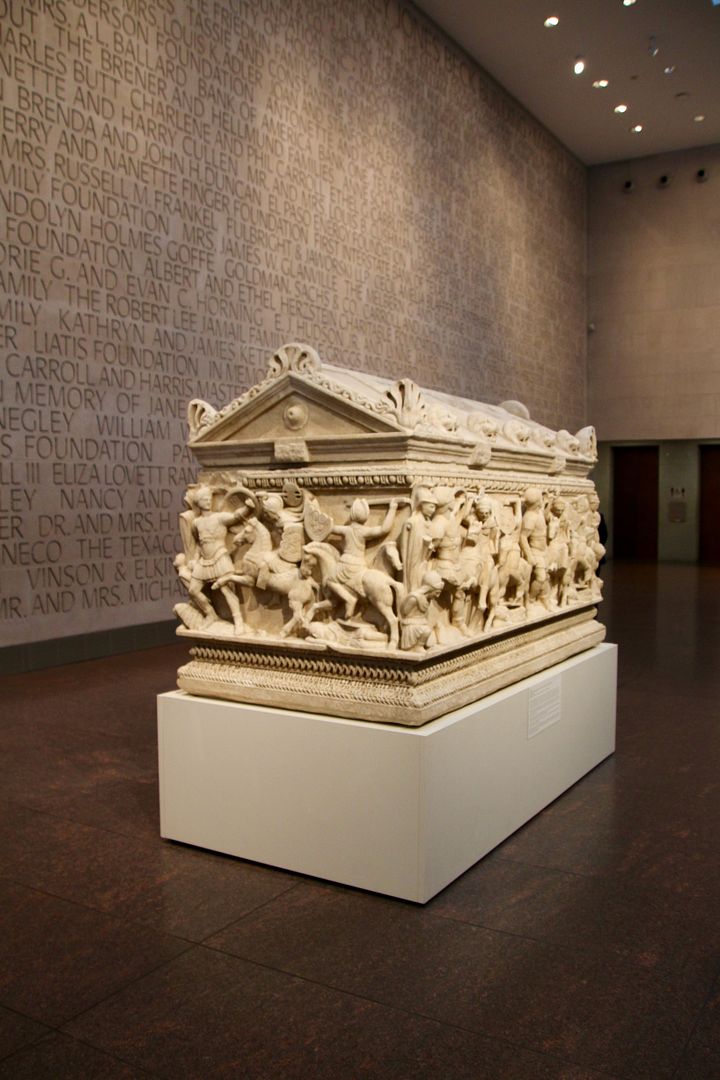


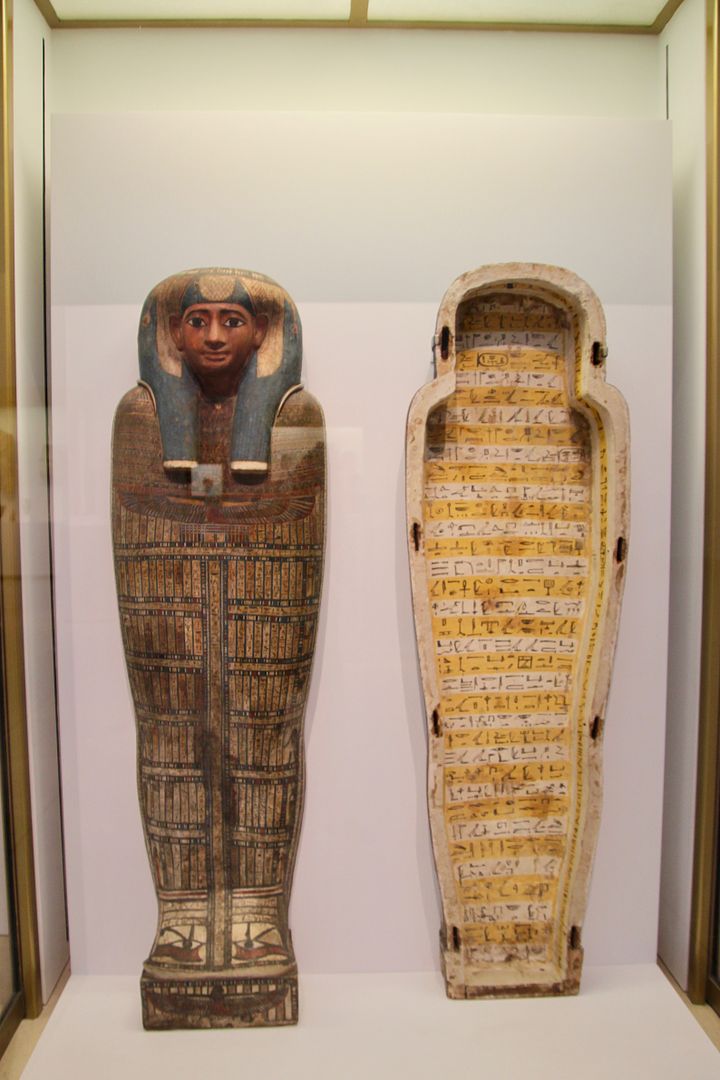


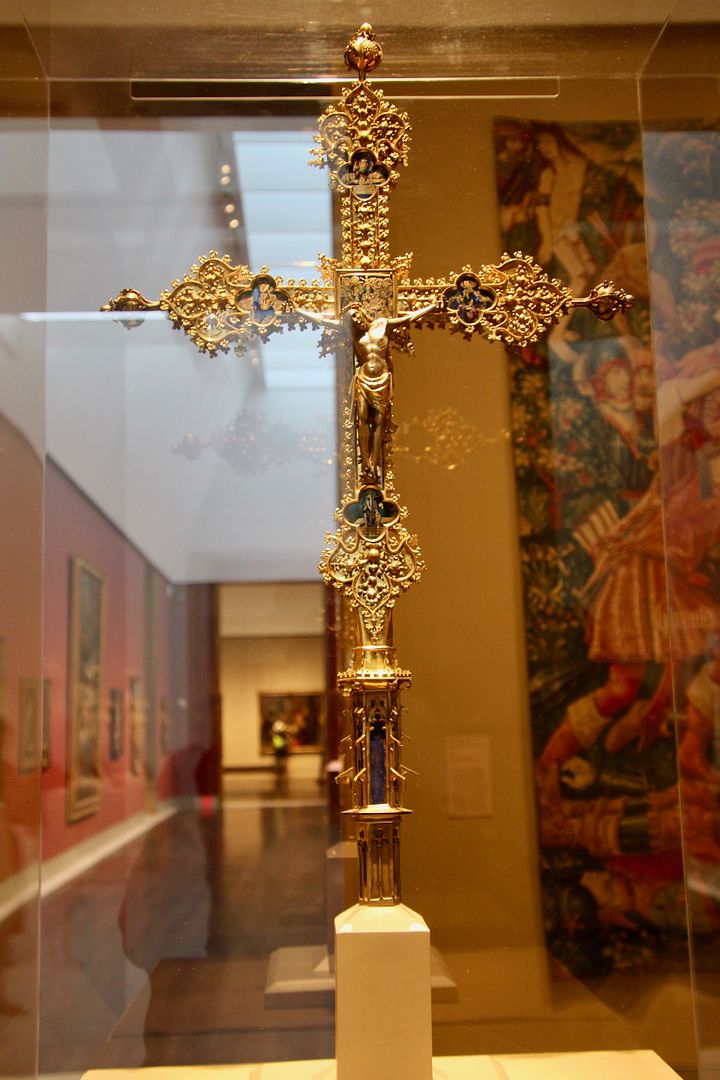
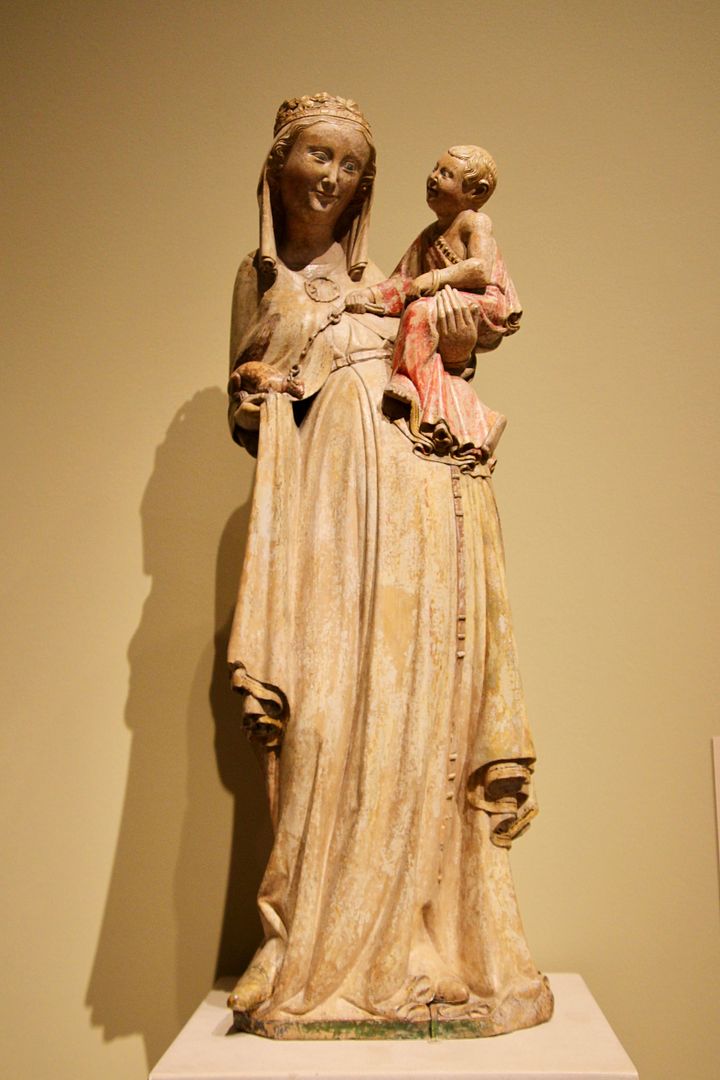
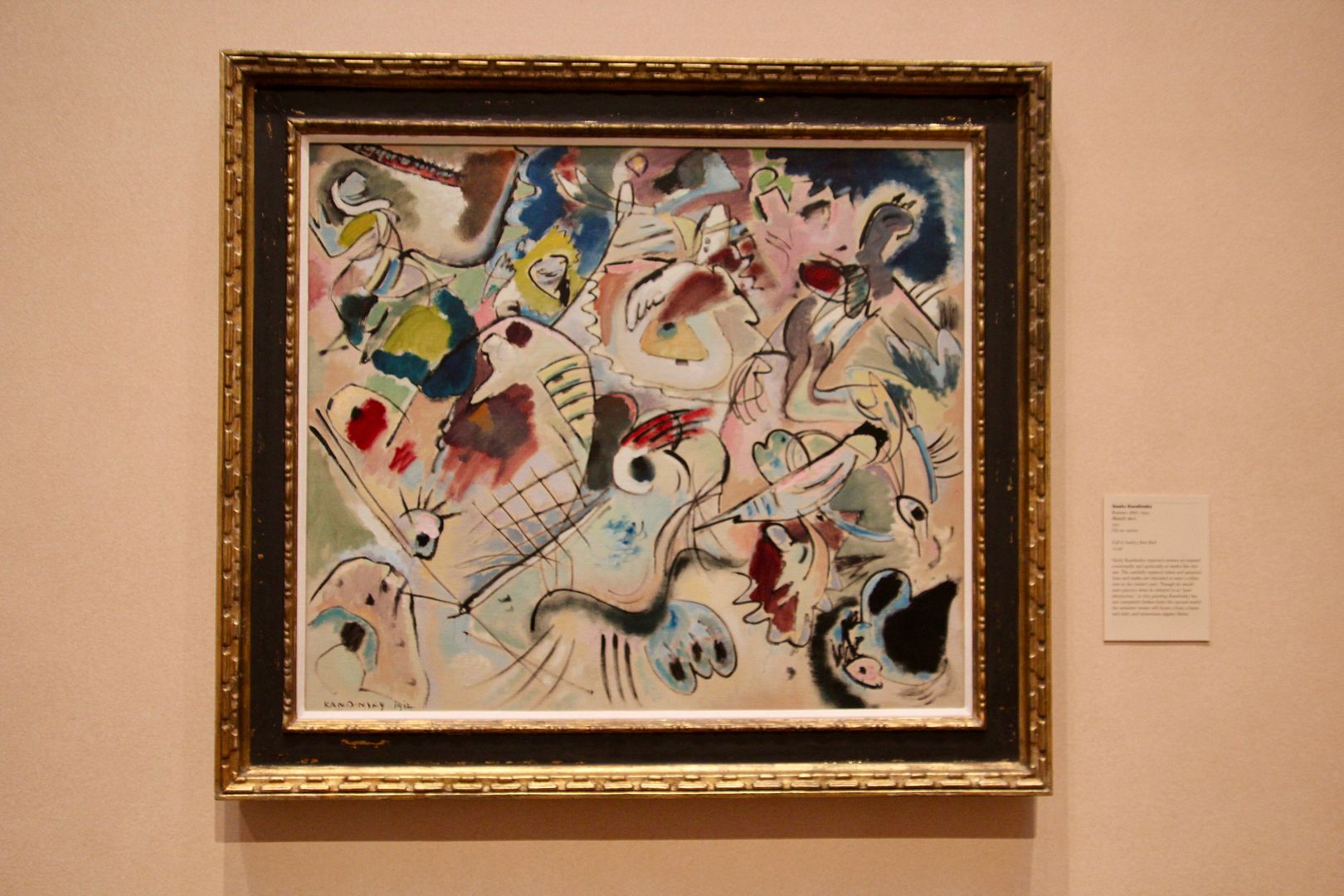
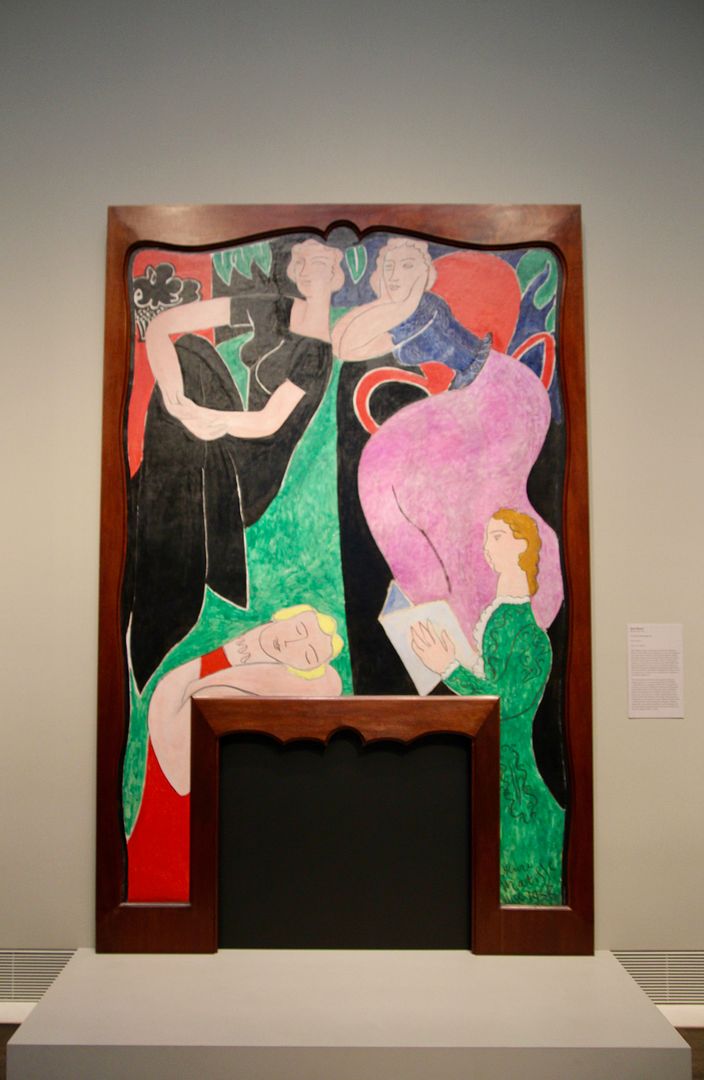

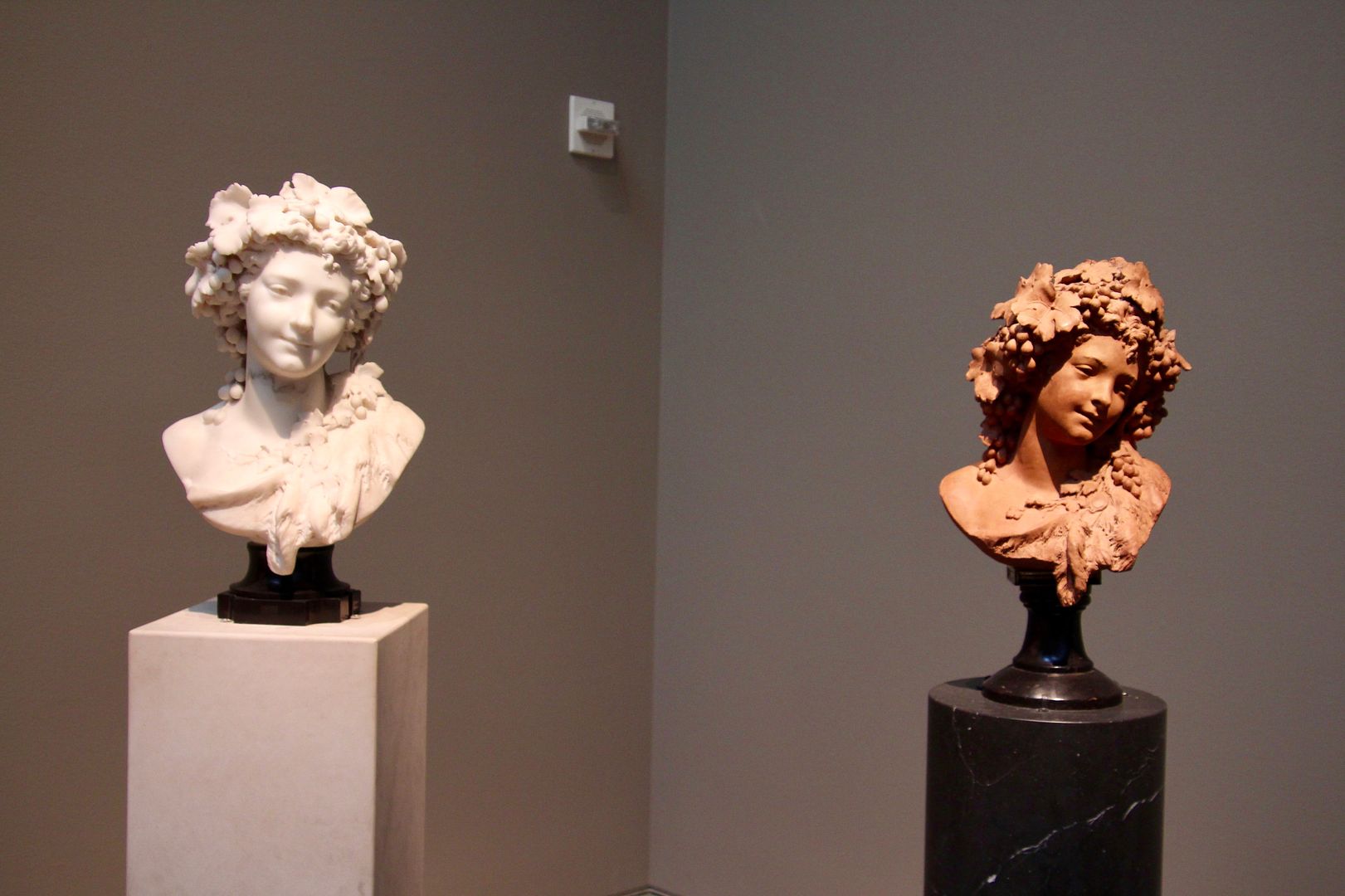
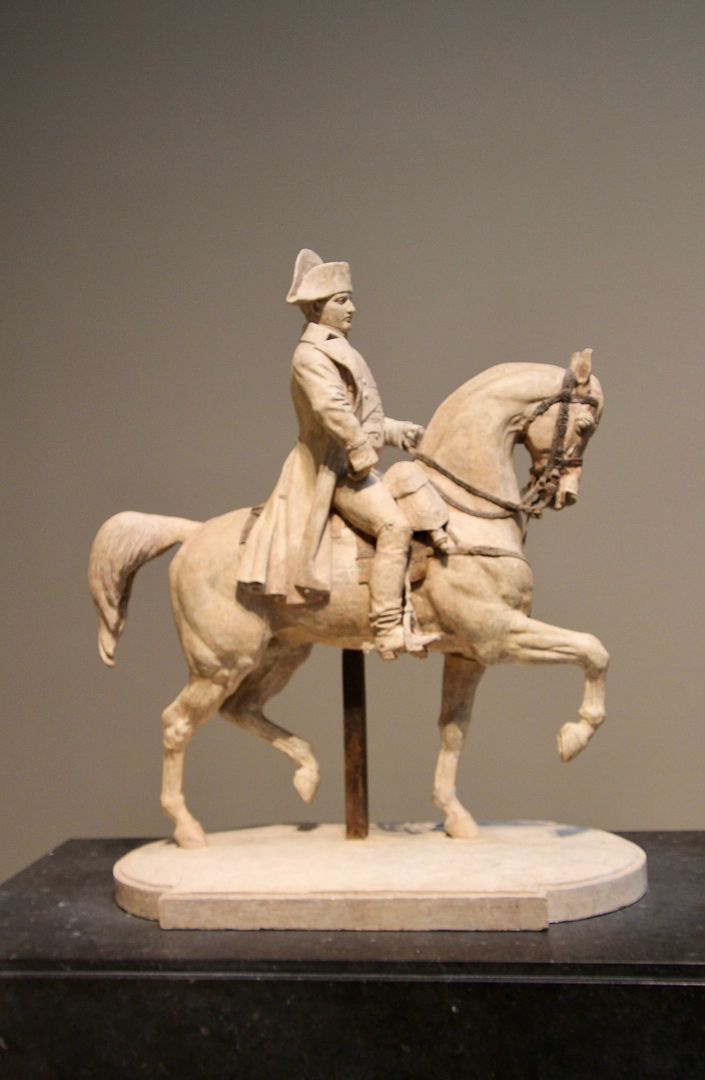
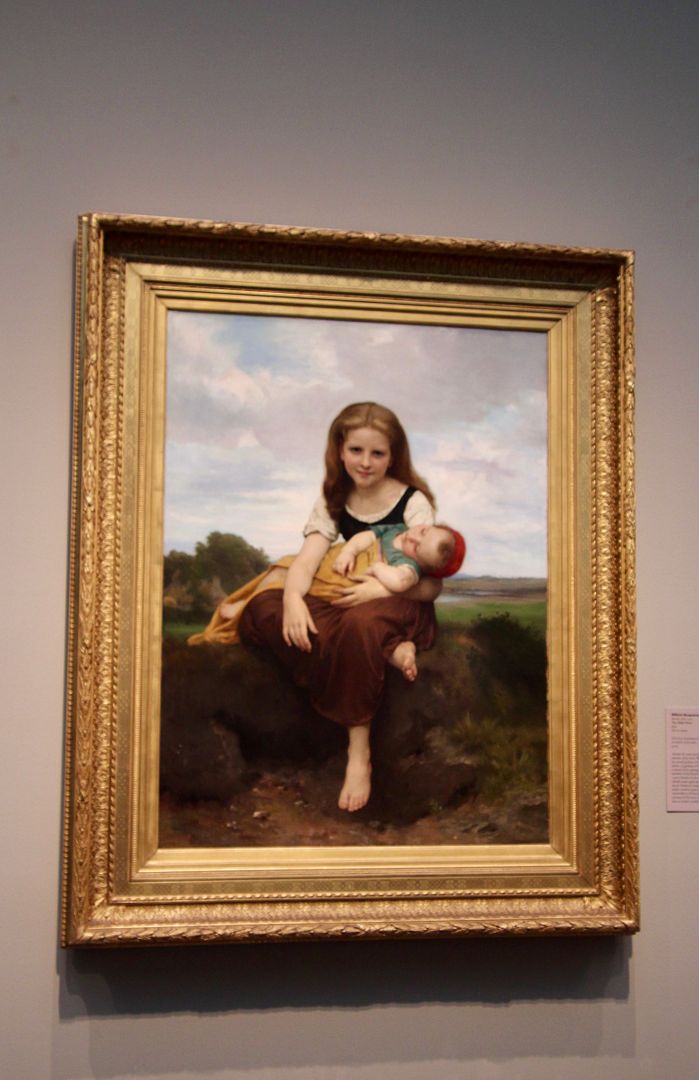

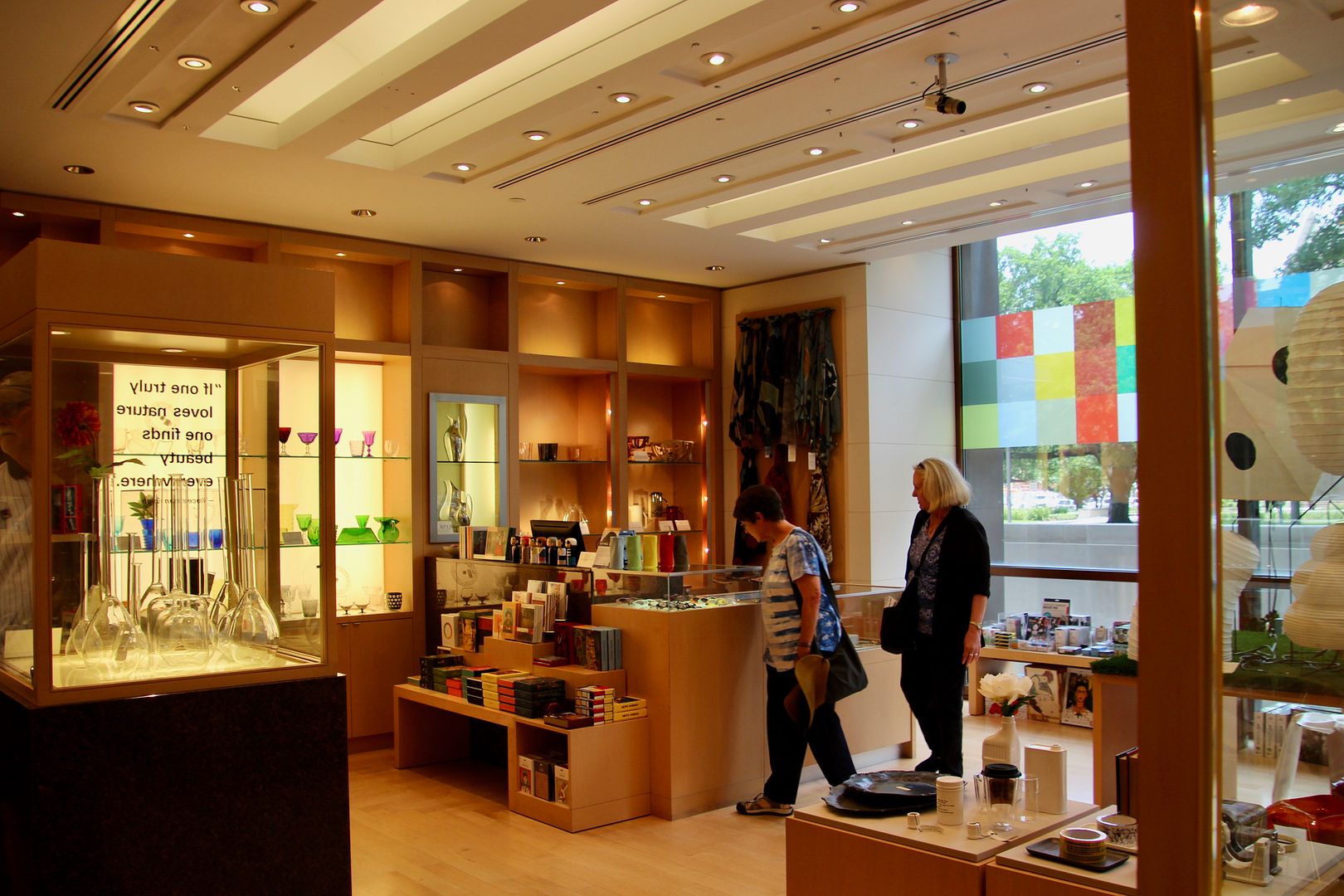



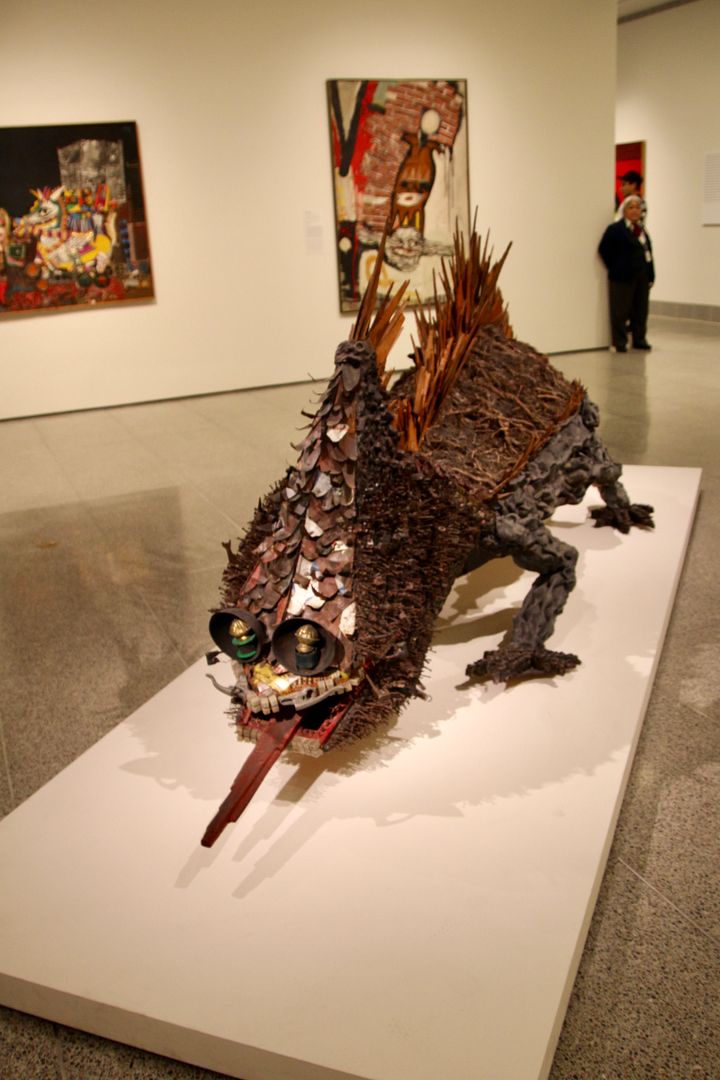
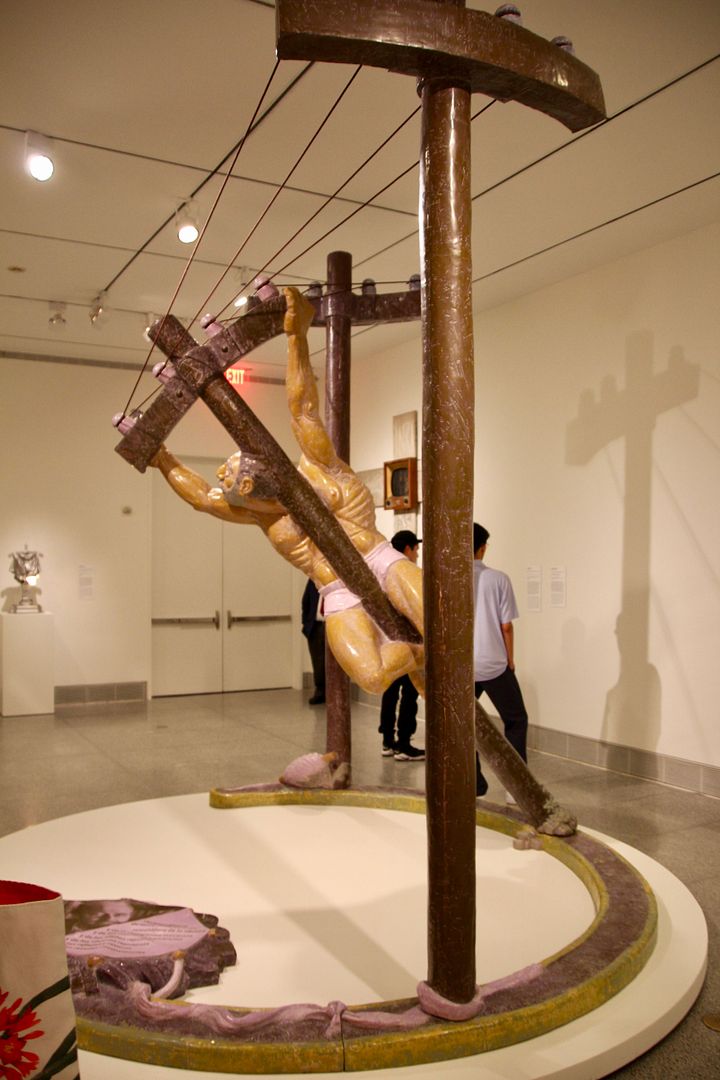
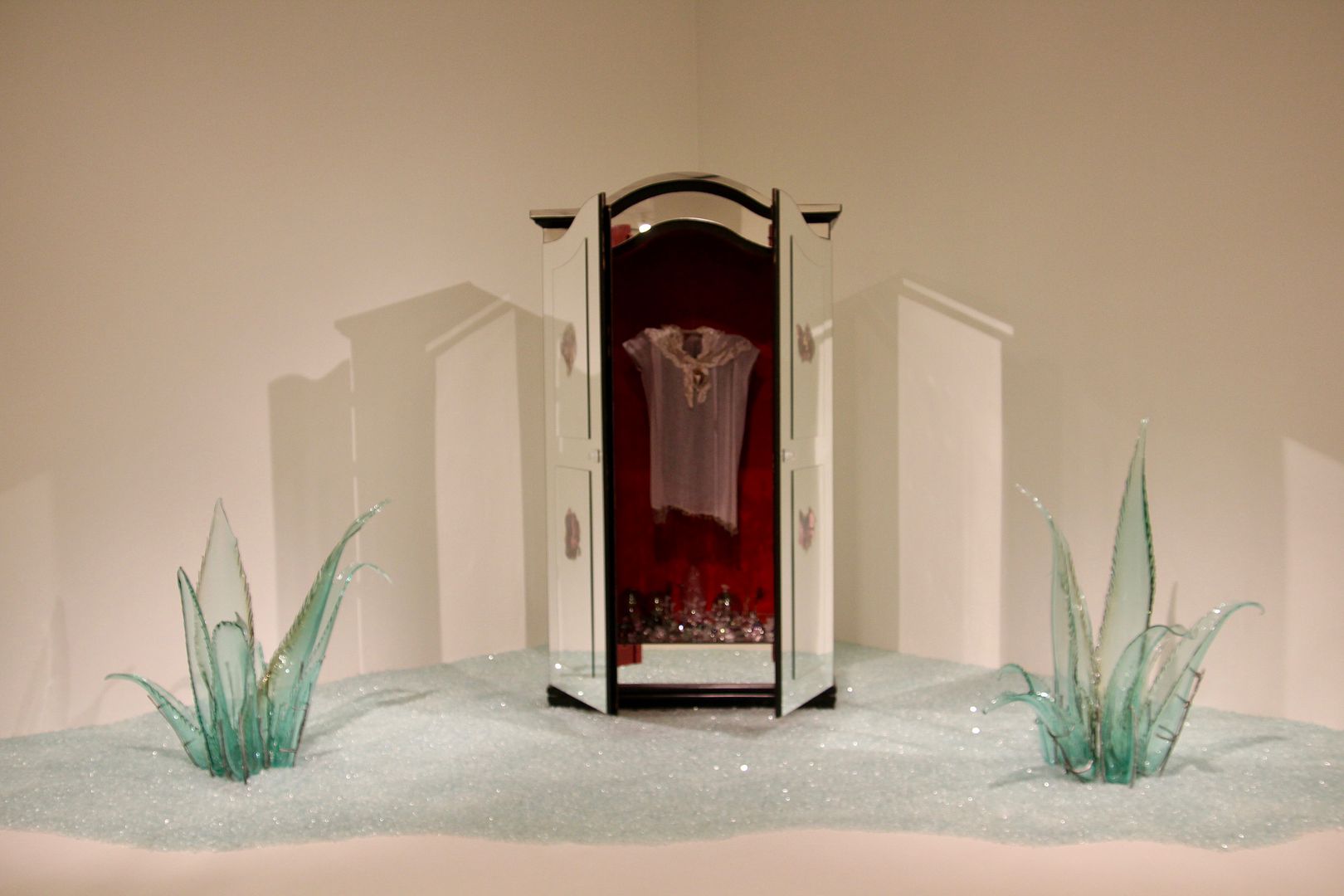
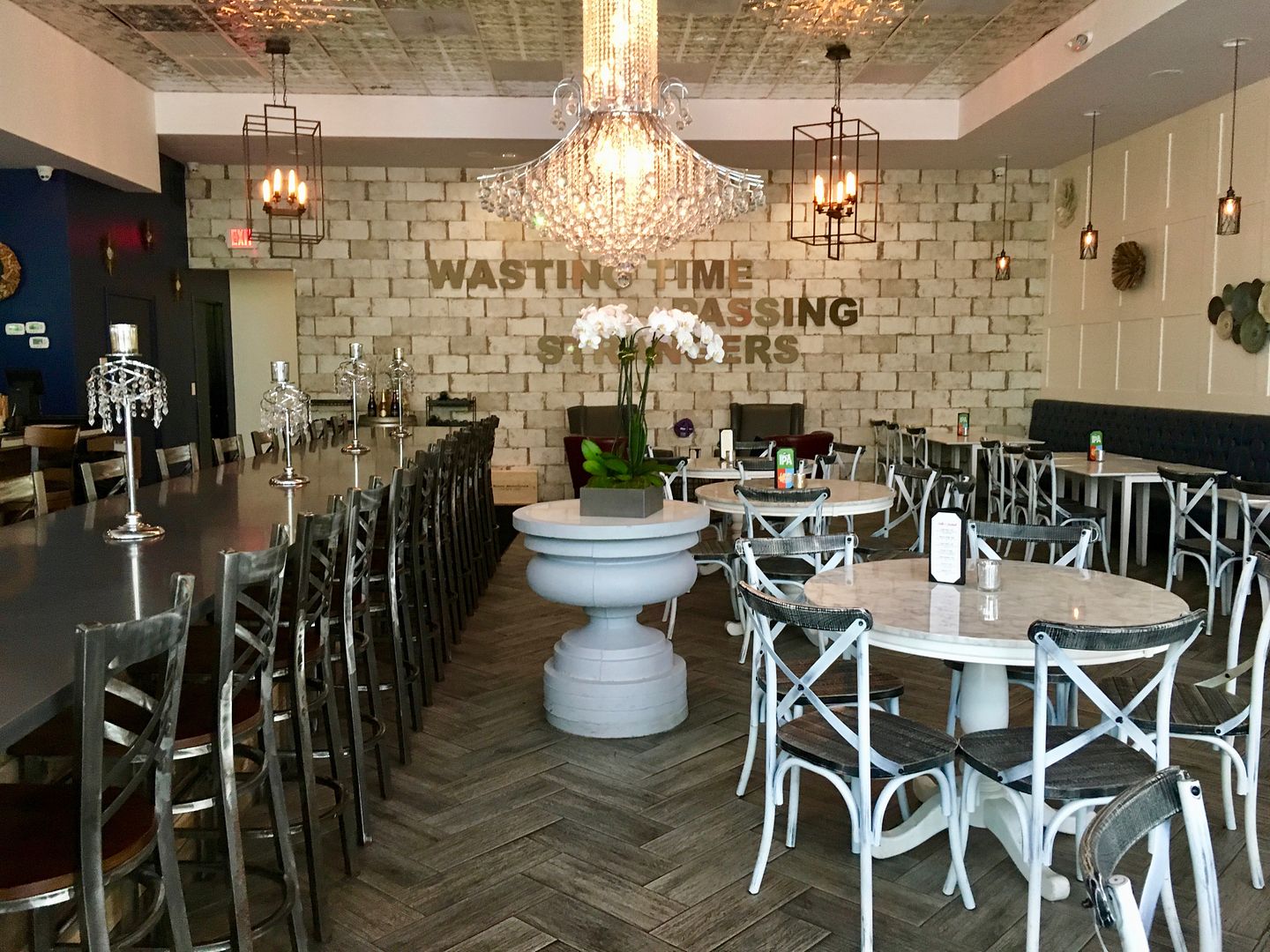

This comment has been removed by a blog administrator.
ReplyDelete